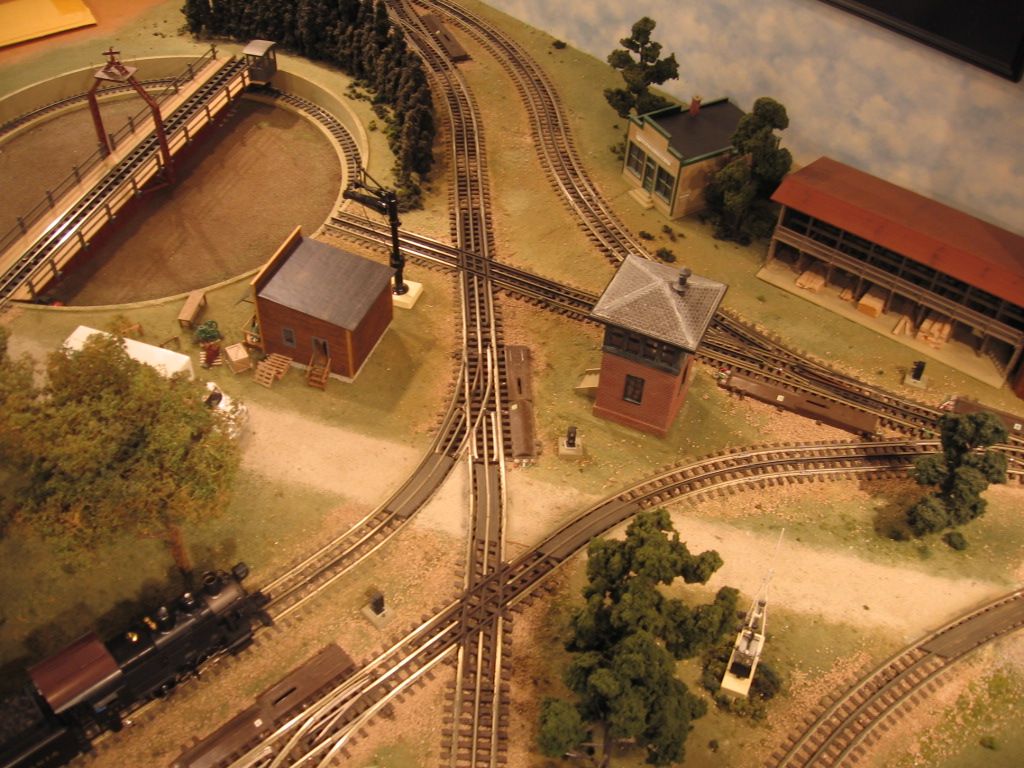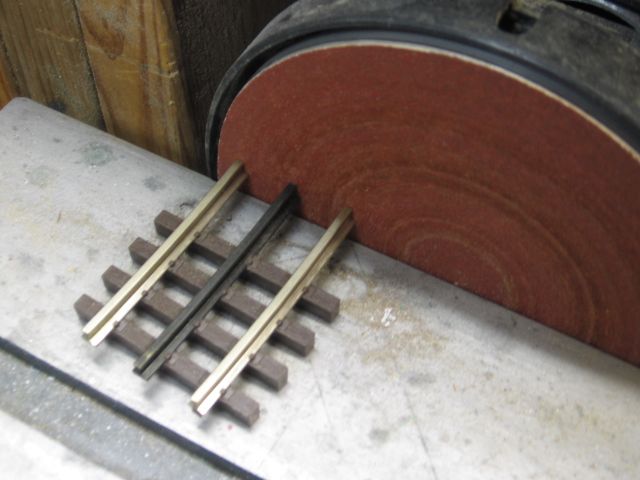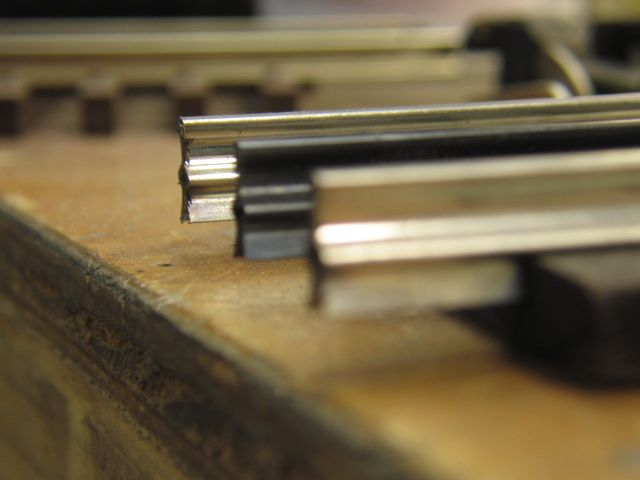While reading a recent thread where someone was trying to make some track fit together for their layout design I got to thinking about manuals for the available track systems we have today. It turned out that there was a special piece of track to make things fit for OP in the thread. If it wasn't for the knowledge of the people here on the forum, many of us would never know about all the uses for some of these special track pieces.
There has really been a lot of thought and engineering put into the design of the modern track systems we have available today. It's too bad each manufacturer doesn't put out a detailed instruction manual so we could all know more about the intended use of the track systems, special pieces and how it was all intended to fit together. They could even include some special tips and techniques that I am sure they have come across in the engineering or questions from customers, etc.
I use Atlas track and have found some good info on the use of different items, but I found it all sort of piece by piece. There is Atlas literature, but a lot of it I found posted here by others on the forum or they had posted links to the info. It used to be (maybe still is?) hard to find on their website, kind of stashed away in obscure areas of the website.
Lionel has now put some info on Fastrack in their track & power catalog so maybe things are getting better? I think Lionel used to do this back in the day, when they were about the only track system around and probably did not need to do so? There are also a couple of book written about Fastrack by 3rd party authors. However, I haven't seen any books on any other track systems.
Seems to me that a track manufacturer actively promoting the intended use of their track systems might just sell more track that way? If such manuals exist, I am not aware of them and would appreciate any links anyone could provide. I would bet that many others reading this thread would also benefit from more information on their chosen track system?










